
Fire-Resistant Shingles in Miami? Discover the Best Options to Protect Your Home with Style and Safety
Fire-resistant shingles are roofing materials specifically designed and tested to limit the spread of flames across a roof’s surface.
As a homeowner in Miami, you’re constantly seeking ways to enhance your home’s safety, efficiency, and aesthetic appeal. While wildfire threats might not be top of mind in our urban and coastal landscape, the risk of residential fires is a reality everywhere.
That’s why considering fire-resistant roofing materials isn’t just a precaution for distant dangers; it’s a smart, safe, and energy-efficient choice to protect your home from unexpected accidents and withstand our extreme heat.
Investing in the right roofing material from the start is more than just a safety measure; it’s a strategic investment in your home’s long-term resilience and energy performance, particularly under the intense South Florida sun.
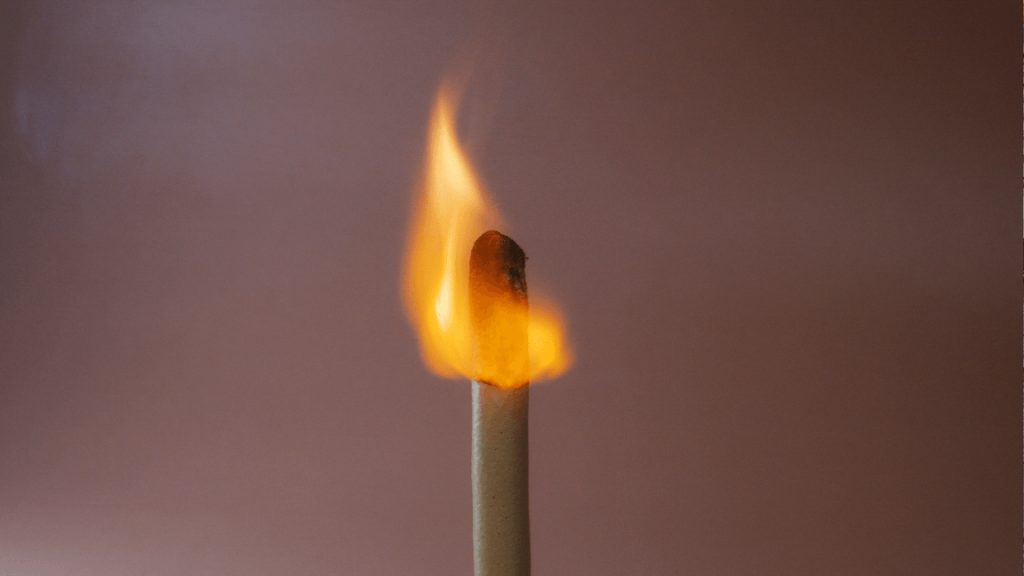
Get a no-obligation quote today
Simply fill out the form below and take the first step toward expert service.
Fire-resistant shingles are roofing materials specifically designed and tested to limit the spread of flames across a roof’s surface. They are engineered to slow down or prevent the roof from catching fire due to external sources like embers from a nearby fire, stray fireworks, or even internal house fires.
The importance of these materials goes beyond just wildfire zones. For Miami homeowners, installing fire-resistant shingles offers:
Roofing materials are tested and given a fire-resistance rating based on their ability to withstand external fire exposure. These classifications are crucial for understanding the level of protection a material offers.
When comparing classifications, a Class A roof offers superior peace of mind and protection, especially when considering the unexpected nature of residential fires.

Several roofing materials offer varying degrees of fire resistance, each with unique benefits suited to different homeowner needs and aesthetic preferences.
These are among the most common and economical roofing options.
Metal roofs are a rapidly growing choice, known for their modern aesthetics and robust performance.
These materials bring a classic, Mediterranean look, often seen throughout South Florida.
For a premium, timeless look, natural slate is an unmatched choice.
These are engineered materials, increasingly popular for their blend of performance and versatility.
For Miami homeowners seeking the ultimate balance of safety, durability, energy efficiency, and aesthetics, advanced composite or synthetic shingles with a Class A fire rating represent a premium choice. These high-technology materials, often utilized by industry leaders, offer a suite of benefits perfectly suited to our challenging climate:
Selecting the right fire-resistant roof for your Miami home involves considering several key factors:
Want to protect your home with a fire-resistant roof tailored to Miami’s conditions? Roofing Nation can help you.
Our specialists advise you on choosing the best material according to your budget, needs, and aesthetic vision. We understand the local climate challenges and are experts in installing robust, efficient, and beautiful roofing systems.
Request a free evaluation today and secure your peace of mind with a roof ready for heat, wind, and fire.
Yes. While large wildfires aren’t common here, residential accidents and high temperatures make fire-resistant materials a smart choice for added safety and peace of mind.
It means the shingle is highly resistant to fire. It can withstand direct exposure for a longer time without propagating flames and offers the highest level of protection against external fire sources.
No. It depends on the manufacturer and whether they have been certified by standards like UL 790 or ASTM E 108. Always verify the fire rating of any synthetic product you consider.
Yes, metal is an excellent option for Miami roofs. It’s inherently fire-resistant, very durable against high winds, and reflective, helping with energy efficiency. Proper installation with adequate thermal insulation is key.
Some do. Especially synthetic or composite shingles that incorporate insulation or reflective pigments can significantly help reduce heat absorption, leading to lower energy consumption for cooling your home.
Generally, minimal maintenance is needed, but annual inspections by a professional and preventative cleaning of gutters and debris are always recommended to ensure longevity and performance.
Fiberglass shingles (which are more common today) resist fire and weather deterioration better than older organic-mat shingles. Organic shingles are made from paper or wood fiber mats and are more susceptible to deterioration and fire damage.
Yes. We work with approved, high-quality materials and have certified experience in installation under Florida’s rigorous building codes, ensuring your roof meets the highest safety and performance standards.

Fire-resistant shingles are roofing materials specifically designed and tested to limit the spread of flames across a roof’s surface.

Understanding both the benefits and potential drawbacks of metal roofing, as well as exploring equally compelling alternatives, is key to making the best decision for your home.
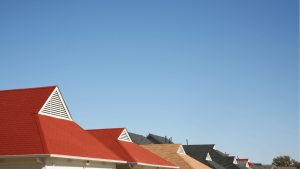
Choosing the right roof color can dramatically alter your home’s appearance. Here are seven top combinations that perfectly complement a white house, keeping Miami’s unique environment in mind.
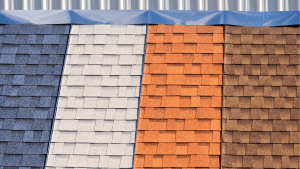
The 9 best roof colors for homes in warm climates like Miami
Here are nine top shingle colors, each offering distinct benefits and aesthetic appeals suitable for various home styles in Miami’s sunny environment.
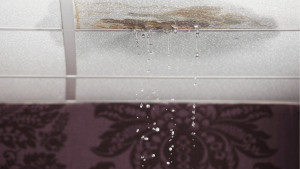
Roof leaks can originate from various sources, often exacerbated by Miami’s unique climate conditions. Identifying the cause is crucial for effective repair.
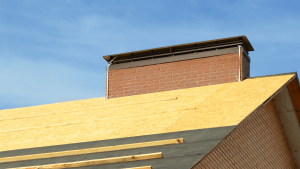
Roof decking in Florida isn’t just any wood; it’s a critical component designed to withstand extreme conditions. The unique environmental pressures here – relentless humidity, scorching sun, and the ever-present threat of hurricanes – demand specific materials and installation practices.
® All rights reserved,
Roofing Nation LLC.
10830 NW 138th St #1, Hialeah
Gardens, FL 33018
(Monday – Sunday)
© Copyright Roofing Nation. All Rights Reserved 2025